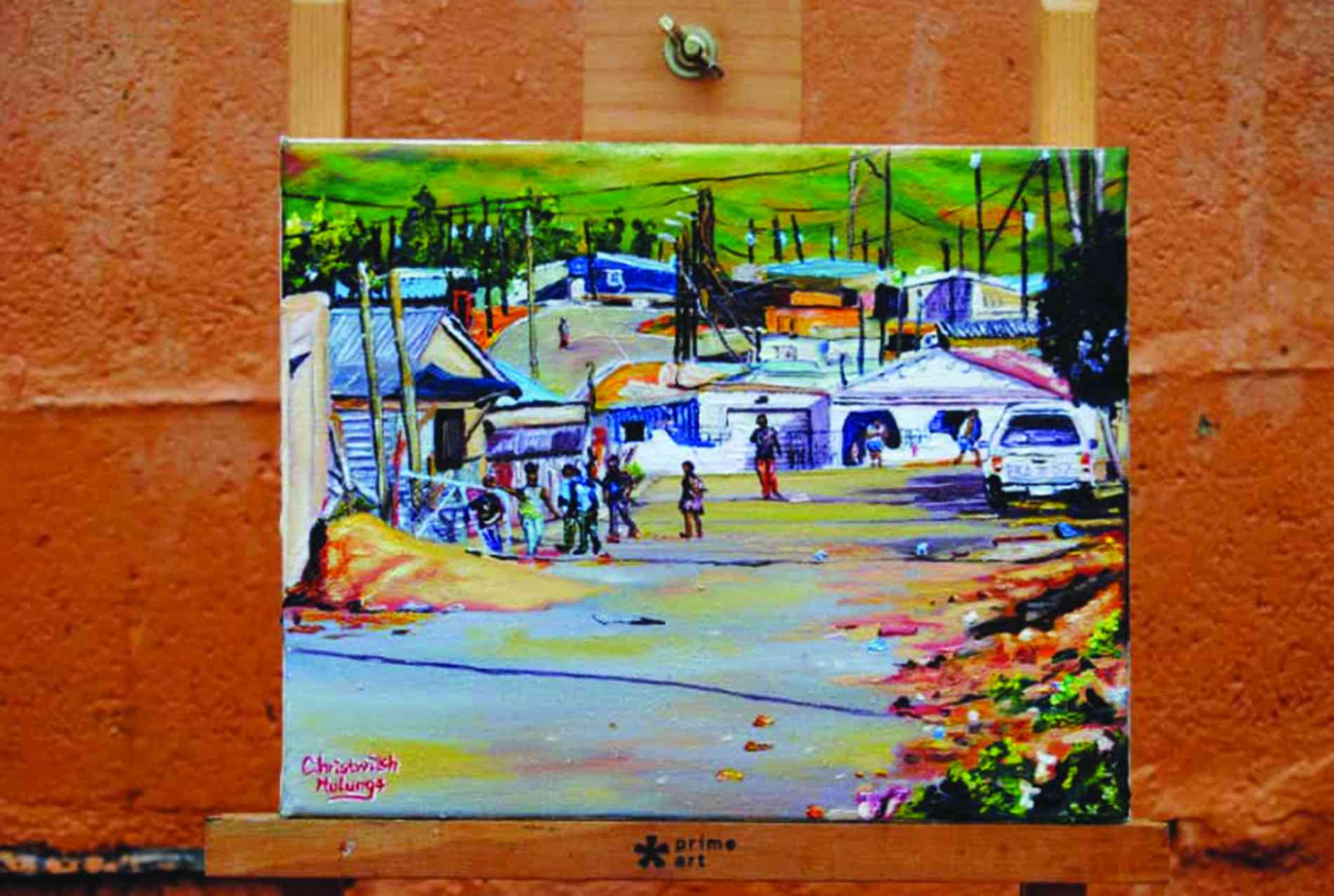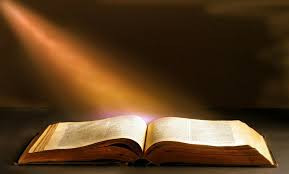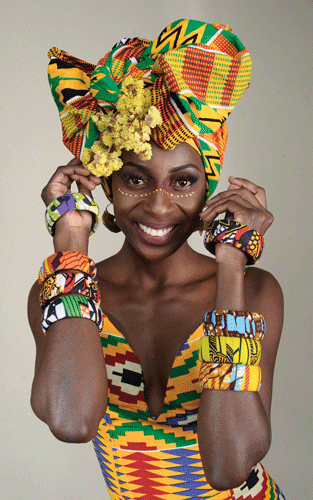
CHRISTWISH Kudakwashe Mulunga says talent is innate.
Bagging over 21 awards in local and international competitions is a huge feat for the self-trained visual artist.
Based in Mutare, Mulunga’s paintings reflect on his appreciation and fond memories of his childhood experiences, trekking his path to today when he is sought after by curators for exhibitions.
A National Arts Merit Awards (Nama) winner, Mulunga’s paintings, which include Childhood, Money Crisis, The Ghetto, Harvesting and Bus Stop, speak to fantasy, strife in time of crisis, admiration, inspiration and his wish for a bright future.
Born on January 6, 1995 in Mutare, Mulunga attended Zamba Primary and Sakubva Secondary schools and his passion for art grew stronger over the years, with his father Stewart Mulunga motivating him to produce more good artworks.
Stewart could not hide his joy when he received his son’s 2023 Nama accolade at a colourful event held in Bulawayo, the #Kwan22.
“When I was in primary school, I joined the art club and chose pencil drawing because I was fascinated by how I could achieve different textures and illusions with the pencil.
“While in fifth grade, I got the first prize in a national and regional art competition, which was organised by World Food Programme. That was my first award in art and my drawing was subsequently fifth best in Africa. The international finals were held in Rome, Italy, in 2009,” Mulunga said.
- Competitions nurtured painter Mulunga
Keep Reading
“I participated in the Zimbabwe Cultural Creative Detroit competitions, which featured fellow artists from Zimbabwe and some from Detroit in America. I came out the best and I was the youngest at that time. I also started painting following inspiration and guidance from Obey Mushonga, a former student at the National Art Gallery of Zimbabwe in Mutare.”
Mulunga said his second national award came when he participated in the Tavatose Children’s Art competition held at National Gallery of Zimbabwe in Harare in 2013.
The third was in the Tavatose Children’s Art competition in the following year.
“The fourth was in the South Africa National Art competition. I made it to the top 50 out of 700 artists last year.
“The fifth national award was the National Arts Merit Awards of Zimbabwe. I made it as the best visual artist in Zimbabwe. The other award is for provincial art competitions, the Manicaland Show of the Arts and the other for Coca-Cola (M.A.N.I.S.A.) art competition in 2017.
“For M.A.N.I.S.A., we do competitions every year and I also had an award from Manicaland Culture Week art competitions,” Mulunga said.
He admitted that his participation in the exhibition titled Dandemutande under the guidance of Mushonga at the National Arts Gallery in Mutare six years ago helped him to gain confidence in refining his talent.
Mulunga also participated and won in the National Arts Council of Zimbabwe co-ordinated Nama visual arts category.
“I remember being a child in Zimbabwe and South Africa, driving our nice family car to our family house past dirty poor children pushing wire toy cars and I would still wish I had one wire toy car for myself, a pride for the underprivileged African children,” he said.
“Children’s playtime is very important in their development. Toys are vital tools that help cultivate the mental, physical, emotional and social development of children. They stimulate fantasy, development and creativity of children.
“Like everywhere else, children in Zimbabwe’s rural and urban areas play with worn-out old car tires, which are simple and fun to play with.”
Added Mulunga while commenting about his childhood picture: “Creativity in children would be exhibited when making toys, where they would use simple materials such as mud, sticks and wires. Wires were used to craft and simulate toy vehicles or imaginary creatures that kept the lights of fun burning in children.”
The Money Crisis image reflects on the situation that Zimbabweans experienced when people used to stand in long queues outside banks.
“I remember when my father sent me to the bank to collect his salary. We would wait for the bank to open and even if we would go there earlier, it would still be difficult to be in front because some people from the rural areas and far away places would sleep on the streets while waiting for the banks to open.”










